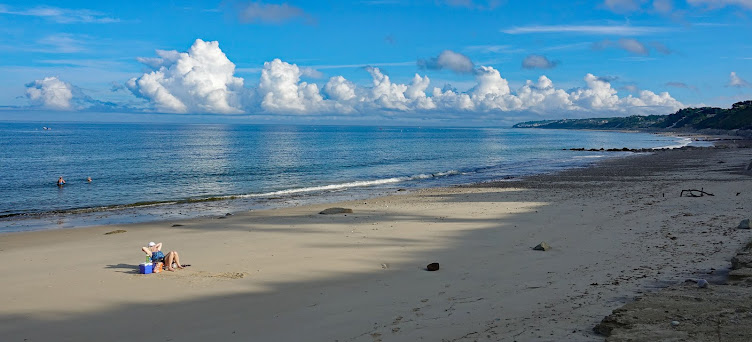For more than forty years during both spring and fall bird migration seasons, the Manomet Bird Observatory, now one of the important conservation functions of the Manomet Center for Conservation Sciences, has briefly detained, collected data, and released more than 378,000 birds. The Northern Flicker shown above had just been caught when I arrived and was having his scientific parameters entered into the database.
The birds are caught when they fly into one of the fifty mist nets deployed around the Center's Stage Point property in Manomet. The birds are then carefully extracted from the nets by the scientists who work there during these migration seasons.
On a recent visit, I arrived just when they had completed a net run to check for birds. That run yielded this beautiful Northern Flicker, a member of the woodpecker family.
And what is better than one flicker is two flickers!
Note: the birds are being held in a specific "Bander's Grip" that ensures their safety.
This is another approved grip that allows the birds to retain more autonomy even though they are still safely restrained until release.
And three flickers must be better than two!
A stroke of good luck on my part to catch the wing movement nicely blurred.
Generally, they waited quietly but, occasionally there was a flurry of wing-flapping.
But if three flickers is really good then five flickers at the same time must be SPECTACULAR!
The quality of the under-wing yellow coloring is the method by which the scientists determine age. During this year's three month fall migration season, only nine total Northern Flickers have been banded. Getting five of those nine on one day is truly extraordinary - what are the odds! In recent years, the banding lab has only averaged a total of slightly above five for each season.
After the critical data about each bird has been obtained and entered into the database, the birds are safely released back into the wild. They usually leave quickly when given the opportunity - there was only a split second between each of these four images.
Note: This research facility is appropriately licensed and the scientists are trained in the safe handling of birds. Do not try this at home.












They are a beautiful bird. And great science too.
ReplyDeleteThanks, Bill.
DeleteGorgeous birds.
ReplyDeleteThey sure are.
Delete